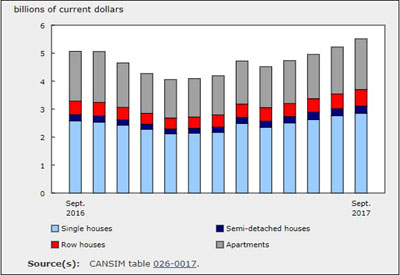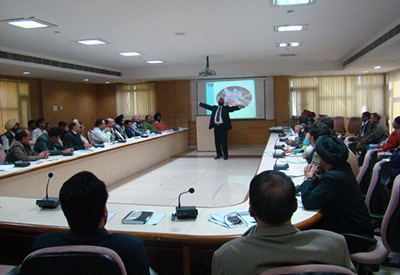Why LVDC Is About to Take Off

Nov 13, 2018
By Rick McCarten
It wasn’t that many years ago, I was sitting in a meeting room with a group of lighting experts. They were talking about LED lighting. The consensus was that LED lighting, considering the technology and the cost, would never amount to more than 15% of the lighting market. At the time, they said, “How could anyone justify paying $35 for a lightbulb when they could buy a pack of incandescents for 50 cents a piece? Even considering technology advances and the price coming down to 50%, it would have a tough time replacing current lighting.”
That was then… this is now.
Fast forward a few short years, and LEDs are dominating the market. The price has fallen like a rock. I just bought a box of LEDs. With a rebate, they were 50 cents a piece; that’s a drop-in price in just eight years, down to 1% of the original price. To compare this difference in another way, if you bought a Tim Horton’s medium coffee in 2010 for $1.79, today you would be getting it for 2½ cents.
The longevity of LEDs is another matter. LEDs will last 20 years. A box of five LEDs for the same fixture could last three generations. The lightbulbs I bought last month, could one day be passed on to my great-grandchildren!
Companies are moving into the fixtures business and are moving up the wiring system, developing sensors and controls, as well as cheaper and less time consuming installation practices.
At a recent seminar, I heard a developer talk about retrofitting an old hotel to LVDC in Fort Worth, Texas. What got my attention was when he said that with a new more energy-efficient LED (more lumens per watt), he was able to configure the wiring system to significantly reduce costs.
According to his presentation, improved lumens per watt allowed him to reconfigure 16 routers down to 10, 244 panel lights to 146 lights, 129 spice boxes down to 72, and 4,800 ft of pre-terminated cabling to only 2,880 ft. Added to that, with LVDC, he has was able to pre-order all the lengths of cable pre-cut and crimp connect at the wholesaler. His installation cost was reduced by 50%.
What also caught my attention was that LVDC was flexible enough to take advantage of improvements in energy efficiency. Unlike traditional methods of wiring that by code must provide certain levels of electricity regardless of the actual load, LVDC can take advantage of efficiency, extend the wire, add further savings in actual installations.
Electronics has got a foothold in our industry in a lighting diode. It is now moving its way back up the delivery wire. The developer in Fort Worth, retrofitting an old hotel, is going completely digital. He calls it digital electricity. Everything in the hotel is powered by DC, except one outlet in the bathrooms for guests’ hair-curlers and shavers.
Comparing the two systems, you must question the old traditional way of distributing power up against what appears to be a more agile, adaptable system that can take full advantage of energy efficiencies and new technologies.
Rick McCarten is VP, Operations, Electro-Federation Canada.










